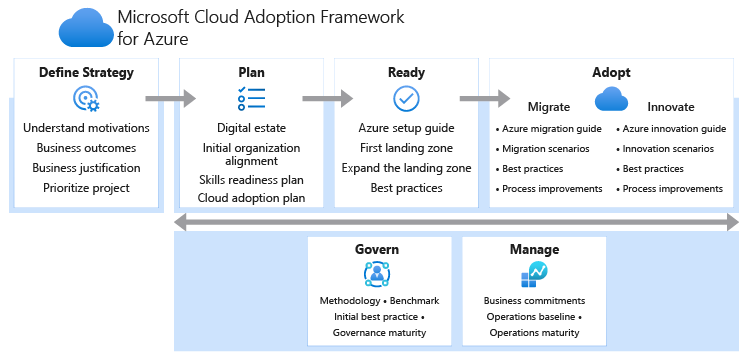Article Wie ISVs unkontrollierte Cloud-Ausgaben vermeiden können

Von Insight Editor / 16 Apr 2021 / Themen: Cloud
When talking about governance and management for Independent Software Vendors (ISVs) in the public cloud, you don't immediately think of Formula 1 racing, do you? Yet there is a striking parallel: power and control. Take Max Verstappen or Lewis Hamilton as an example. Although they have the most incredible power in their cars, they will never achieve pole position without proper control. From the tires they choose up to the board computer they rely on.
Now transfer that to the cloud. The power of the public cloud is almost limitless and offers ISVs great opportunities to stay in the race. However, without the right control mechanisms – read: governance and management – promising cloud initiatives will soon run into serious breakdowns.
So, what can ISVs learn from Formula 1 or from Carl Lewis for that matter?

Power is nothing without control!
Adopting the cloud
The core business of independent software vendors is developing and selling software solutions. The focus or niche is either general/horizontal, e.g. specializing in workforce planning, or vertical, developing an ERP solution for food processing. ISVs allocate their time and resources to optimizing the application, supporting the customer and growing their business. With the rise of cloud computing, many companies have increasingly adopted the cloud as a vehicle for delivering software and discovered the power of the cloud.
The power of the cloud
By nature, ISVs are working at the edge of technology. With new developer tools for low or no-coding, integration, automation, containerization and more coming out every week, there is a whole range of smart and easy ways to keep improving the solution. While ISVs are taking full advantage of the power of the cloud for software development and optimization, there is also the danger of hidden costs, which can mount up quickly and put considerable pressure on margins, if not governed or managed properly.
Beware of hidden costs…
Because ISVs focus are in the forefront of technology, you see two things happening. On the one hand, the ease with which automation can be implemented; after all, the tools are always available. On the other hand, you see that governance and management of the underlying infrastructure often have less priority than all that happens around the application. And that is precisely where the danger lies. With a high level of automation, you need to have stricter cost management or cost governance. Just consider: when you create two million containers, no matter how cheap they are, the cost may still rise astronomically.
…or they can easily go sky-high
An example from real life shows what can happen. There was this company that used a cloud-based marketing application with auto-scaling for a new marketing campaign. The more respondents there were, the more capacity was scaled up. The invoices became higher and higher, but that did not worry the marketing manager. The campaign generated a lot of interest and seemed to hit the mark. Until the moment someone got suspicious, because it was almost too good to be true. And it was. Further investigation revealed that the application had been hacked and that a crypto-currency mining system had been installed in the service. Would this have happened if proper governance had been in place to generate the right warnings about what was going on?
The moral
What is the moral of this story? Good management, control, governance, alerting and reporting are a must in an increasingly automated world. Traditionally, it was man who could make mistakes, but the human factor is still quite controllable. With automation, technology takes over. Highly automated processes can very quickly get out of hand, with all the consequences that this might entail.
How can ISVs manage the power of the cloud?
Both the Microsoft Cloud Adoption Framework (CAF) and Well-Architected Framework (WAF) offer a solid plan with best practices, documentation and tools for managing software and operations in the cloud that deliver on control. Whether it is costs, performance, security or any other parameter. Both frameworks include extensive sections on governance and management in the cloud. And perhaps even more important to realize: these steps are not just only important at the end of the cloud journey, but apply throughout the cloud adoption life cycle.

Working with CAF and WAF is exactly the approach we advocate for our ISV partners, so that they can be at ease in their cockpit and keep the perfect racing line in their cloud journey. After all, power is nothing without control.
Contact one of our cloud specialists to discuss how you can improve your governance and management policies in the cloud.
Carlo Garavaglia
Cloud Transformation Specialist, Insight
Jurjen Uijttenboogaart
Cloud Transformation Specialist, Insight